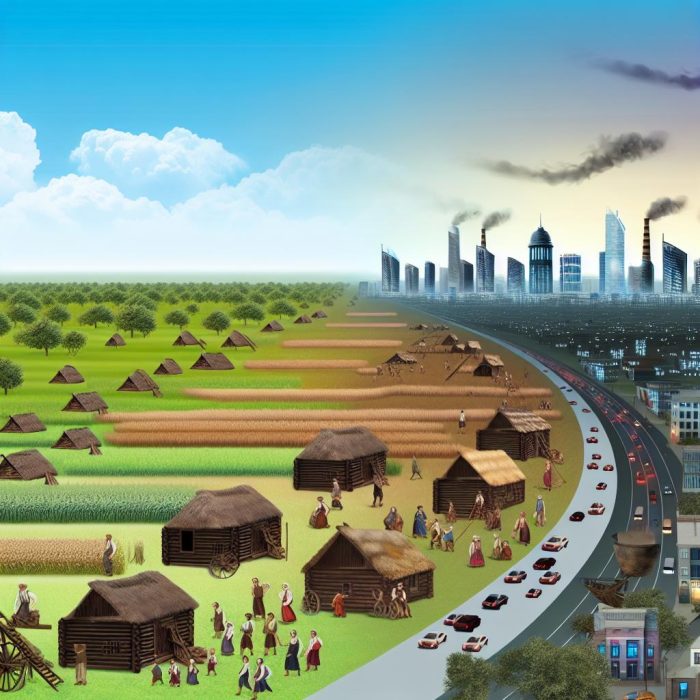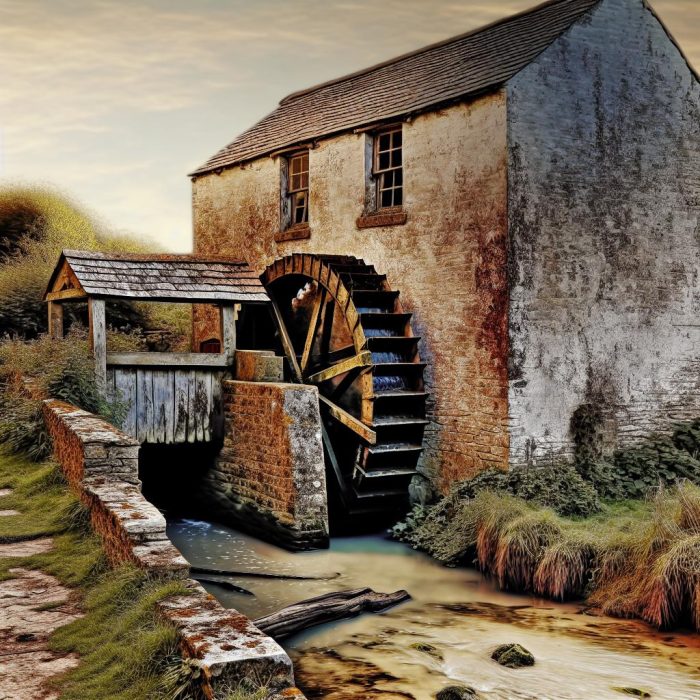Introduction
Throughout history, the development and utilization of mills have been pivotal in the advancement of societies. These structures served as essential mechanisms for processing a variety of raw materials including grains, wood, and metals. The advent of ancient mills not only revolutionized food production but also enhanced the capabilities of different societies to expand and thrive in various environments. This article explores the different types of ancient mills, how they developed over time, and their significance in the contexts of historical progress and societal growth.
Types of Ancient Mills
Different ancient civilizations devised mill designs tailored to their geographical locations and resource availability. In this section, we will delve into some notable types of mills that were prevalent and significant in ancient times.
Hand Mills
One of the earliest and simplest forms of mills was the hand mill, often referred to as a quern. This device consisted of two stones: a stationary lower stone and an upper stone that would rotate. The rotation allowed for the crushing of grains into flour. The invention of hand mills is traced back to the Neolithic period, marking a pivotal step towards achieving self-sufficiency in food production. Hand mills not only facilitated daily food preparation but also signified a shift towards more settled lifestyles where communities could support themselves through farming rather than relying solely on hunting and gathering.
Water Mills
Water mills represented a significant evolution in milling technology by utilizing the power of flowing water. Originating during the Hellenistic period, these mills became more widespread through Roman and medieval times. The ability of water mills to efficiently turn large millstones enabled societies to process much more grain than manual labor alone could achieve. This leap in productivity supported the sustenance and growth of larger populations and the development of more extensive metropolitan areas. Watermills also underscore early engineering capabilities, highlighting human innovation in converting the kinetic energy of water into mechanical energy for productive use.
Windmills
Windmills appeared later in history, initially emerging in the Middle East before making their way to European landscapes. Unlike water mills, windmills depended on wind power, which made them appropriate for regions with consistently windy conditions but limited flowing water sources. The proliferation of windmill technology played a significant role in diversifying and stabilizing agricultural production by enabling the cultivation of land beyond river adjacencies. This expansion contributed to food security and economic stability, particularly in regions where water resources were insufficient for the needs of growing populations.
Technological Advancements
Mill technology was characterized by continuous innovation and enhancement over centuries. Initially, the ancient Greeks made notable advancements by incorporating gearing systems in mill designs. These systems allowed mills to take on more complex tasks, such as lifting water for irrigation purposes, which was a crucial development for sustaining agriculture in regions with less predictable rainfall. The Romans further refined these designs, promoting efficiency and durability, and disseminated the technology throughout their empire. This enabled widely varying societies to adopt mill technology suited to their needs, contributing to a more unified economic sphere across different regions.
Economic and Social Importance
The introduction and subsequent refinement of mill technology brought profound economic and social changes to ancient societies. By increasing the food supply and freeing up labor, mills facilitated population growth and encouraged urbanization. With surplus grain production, societies could engage in trade, which was vital for economic growth and cultural exchange. Mills often became community centers where people gathered not only to grind their grain but also to socialize, exchange news, participate in trade, and share ideas. These interactions reinforced communal bonds and facilitated the dissemination of knowledge and cultural practices.
Environmental Impact
Despite their economic and societal benefits, ancient mills also had significant environmental implications. The construction of water mills often necessitated the building of dams and channels, which could have profound effects on local ecosystems by altering water flow and affecting aquatic habitats. Similarly, the development of windmills influenced land use patterns, as land was repurposed for the construction and operation of these structures. Even in ancient times, communities faced the challenge of balancing technological progress with environmental stewardship, a dynamic that continues to be relevant today.
Conclusion
In conclusion, ancient mills played a critical role in driving the agricultural and economic expansion of early civilizations. From the simple hand mills to the more sophisticated water and wind-powered designs, these technological innovations symbolize human ingenuity in harnessing natural forces for productive purposes. Understanding these technologies offers valuable insights into how early societies laid the foundations for complex modern economies. For more information on the engineering and cultural significance of mills, additional resources are available at this comprehensive guide on historical engineering.



